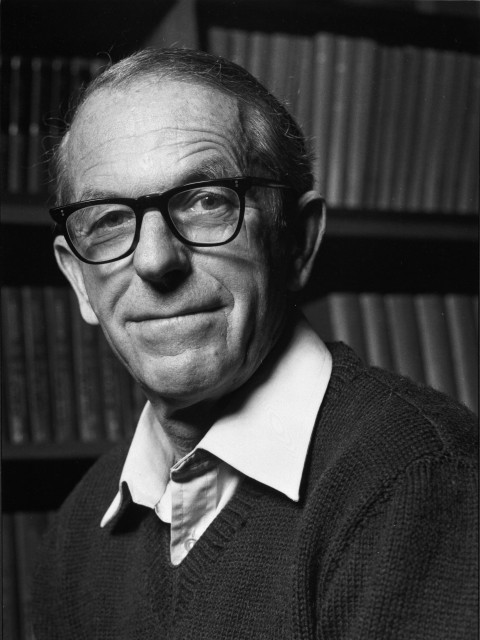Frederick Sanger
1918-2013

Sanger is the only chemist to have received two Nobel Prizes in Chemistry, the first as the sole recipient in 1958 for his work on insulin, and the second in 1980, shared with Paul Berg and Walter Gilbert, for the sequencing of nucleic acids. After 10 years of intensive research, Sanger determined the structure of bovine insulin in 1955. He first developed 2,4-dinitrofluorobenzene as a reagent for tagging N-terminal amino acids, then used it to show that insulin contains two peptide chains terminated by phenylalanine and glycine and connected by disulfide links. By using partial hydrolysis to produce smaller fragments, by comparing overlapping sequences, and by making extensive use of the then new technique of paper chromatography the full sequence of each chain was eventually determined. Sanger's work was a necessary preliminary to the laboratory synthesis of insulin, and stimulated much protein research.
Although the technology was different, the seeking of overlapping segments also played a role in Sanger's nucleic acid research. Here he used radioactive labelling with 32P and 2-dimensional ionophoresis as a separation technique. Using these methods he worked out the base sequence in a virus chromosome with 5375 nucleotide units. With present automated techniques several thousand nucleotide bases can be sequenced in a day.
Sanger was born in Gloucestershire, England and received all of his higher education at Cambridge University, where he spent most of his career as Head of the Division of Protein and Nucleic Acid Chemistry at the Medical Research Council Laboratory of Molecular Biology. His many other honors besides the two Nobels include Commander of the Order of the British Empire (1963), the Royal Medal (1969) and Copley Medal (1977) of the Royal Society. He is a foreign associate of the U.S. National Academy of Sciences.
Location in chemistry building: First Floor; West Wing South Wall; Sequence 5
Source: Dr. Sanger